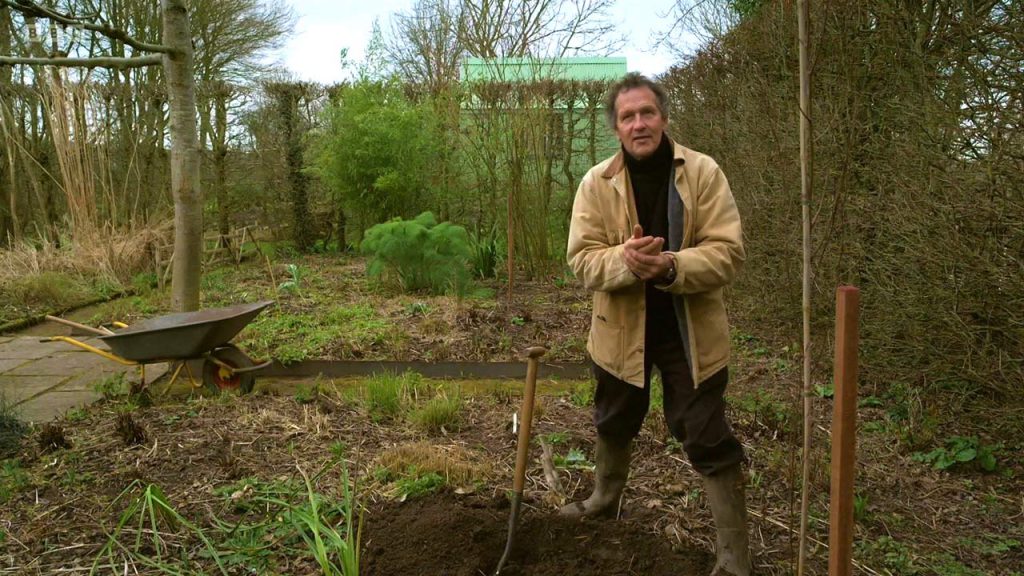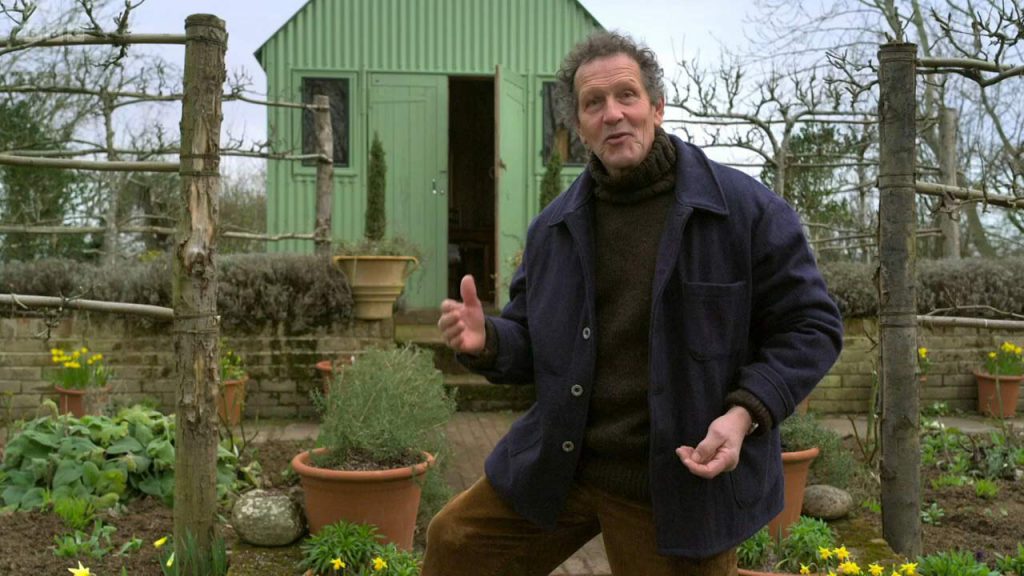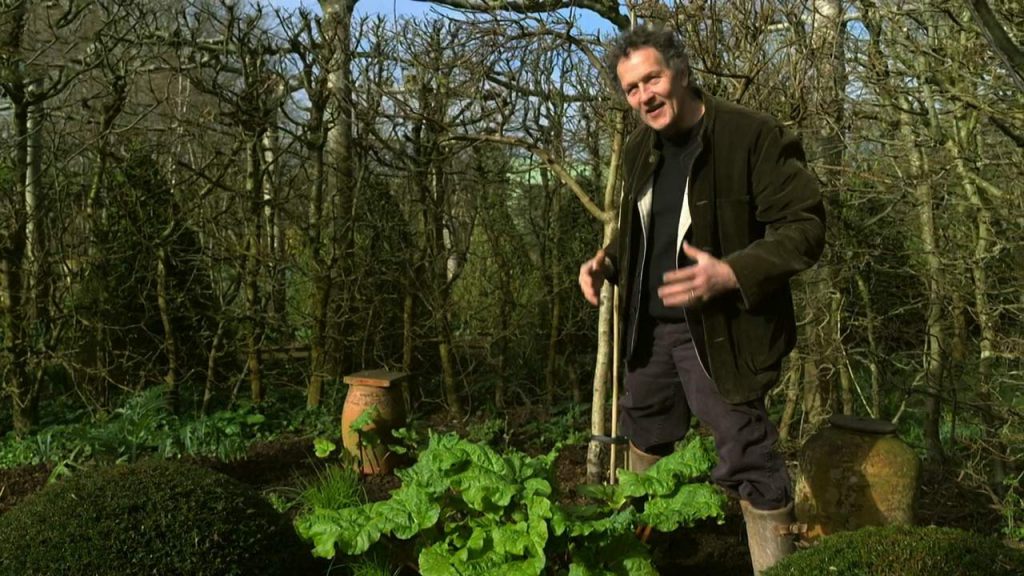Gardeners’ World 2022 episode 6: It’s the Easter bank holiday, and at Longmeadow, Monty turns his attention to planting up his new bog garden and sows cucumber and melon seeds. Adam Frost heads to a beautiful walled garden that is both ornamental and productive in West Sussex.
Alternative stream
It’s the first visit of the year to Sue Kent’s garden near Swansea as she reveals news about an exciting new project. In Lancashire, we meet a national collection holder of hepatica, and a houseplant enthusiast shares his passion for indoor gardening. Gardeners’ World viewers also share the joy that their gardens bring them.
Gardeners’ World 2022 episode 6
How to make a bog garden
A bog garden can be created by adapting an existing soggy area, or from scratch, either at the edge of a pond, or as a standalone feature. Permanently damp, it creates an area where moisture-loving plants thrive. These plants are different to those suited to the standing water of a pond, so will attract a host of different wildlife.
A bog garden may be a better option than a pond for families with young children. Like a pond, it should attract frogs, toads and even grass snakes. Dragonflies and damselflies will perch on the taller grasses, and bees and butterflies will flit around the flowers.
Creating a bog garden is the perfect use for a redundant or leaky pond, but it can also be an informal edge to an existing pond or a way of cultivating a naturally waterlogged dip in your garden. Bog gardens provide a range of attractive planting opportunities and are an excellent wildlife habitat. Small areas are generally easier to create and maintain as a bog garden. Larger areas need to have stepping stones or walkways incorporated into the design to allow access for maintenance.
Creating a bog garden is an ideal method for converting an existing garden pond, or adding a bog area to the edge of a new pond, as the same pond liner can be used underneath the bog garden to create waterlogged conditions. Holes are pierced into the liner and a layer of gravel placed in the bottom to allow for some drainage, so that conditions are waterlogged without pooling.
Box tree caterpillar
Box tree caterpillars feed within webbing and can completely defoliate box plants. It is a relatively new insect to Britain. Whilst the adult moth was first reported in Britain in 2007, caterpillars were not found in private gardens until 2011, it has since become widely distributed across England (particularly London and surrounding areas) and is present in Wales, Scotland, Ireland and Northern Ireland.
Box tree caterpillars are the larvae of a moth that feeds on box (Buxus) plants. It is native to East Asia and became established in Europe in 2007. Although the first adult moth arrived in Britain during 2007, followed by several moths to light traps in 2008, it was not until 2011 that larvae were reported in private gardens in the home counties. By the end of 2014 the moth had become established in parts of London and surrounding areas; in many cases the caterpillars cause severe defoliation. For growers in the south-east of England it is now a problem that is likely to reoccur repeatedly throughout the growing season and in successive years.




